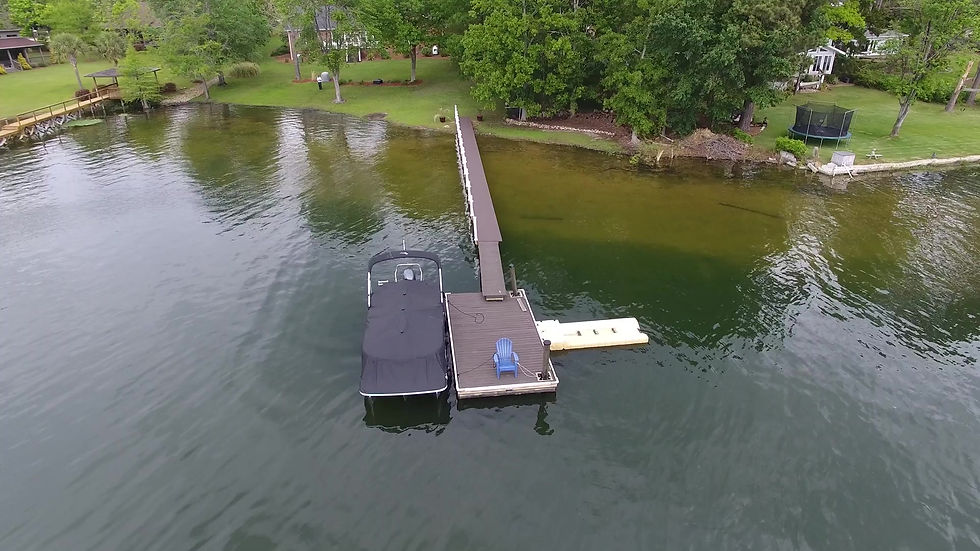
Drone
Aerial Photography
and Videography
Chapter:
-
Introduces the exciting “unmanned aircraft era” and the fact that you are actually doing “personal remote sensing.”
-
Describes the anatomy of fixed-wing and multi-copter (e.g., quad-copter) drones.
-
Summarizes the FAA rules and regulations you must follow when operating your sUAS in U.S. National Airspace and the importance of using a logbook and a pre-flight checklist.
-
Describes how drones collect single-frame aerial photography and multiple-frame videography, and the special sensors that can be used (e.g., RGB, near-infrared, thermal-infrared, LiDAR).
-
Describes how to use the “Elements of Image Interpretation” and “Methods of Search” to visually interpret your drone aerial photography and videography.
-
Presents fifteen real-world drone applications.
-
Reviews the requirements for becoming an FAA Certified Remote Pilot if you are going to use your drone for work or business.
-
Discusses timely topics that are of great interest to drone pilots-in-command.
-
Identifies societies, organizations, and journals interested in drones.
-
References. An interactive Glossary defines important words and phrases.
John R. Jensen received his BA and MA specializing in cartography and airphoto interpretation from California State University Fullerton (CSUF) and Brigham Young University (BYU), respectively. He received his Ph.D. in geography specializing in cartography and remote sensing of the environment from the University of California at Los Angeles (UCLA). He received much of his photogrammetric training while working at Aero Service Corporation in Los Angeles as a stereoplotter operator.
Dr. Jensen was an Assistant and Associate Professor at the University of Georgia and then became a Full Professor and a Carolina Distinguished Professor in the Department of Geography at the University of South Carolina. He mentored 34 PhDs and 64 Masters students to completion. He is now a Carolina Distinguished Professor Emeritus.
Dr. Jensen is a Past-President of the American Society for Photogrammetry & Remote Sensing (ASP&RS). He received the William T. Pecora Award from the U.S. Geological Survey and NASA for his lifelong contributions to remote sensing. He received the Association of American Geographer’s Lifetime Achievement Award for his remote sensing education and research contributions. He received the ASP&RS John E. Estes Memorial Teaching Award for his contribution to remote sensing education.
Dr. Jensen published more than 120 refereed journal articles and contributed to eight National Research Council remote sensing-related committee publications. Dr. Jensen has published three other books, titled:
-
2007, Remote Sensing of the Environment: An Earth Resource Perspective, 2nd Ed., Upper Saddle River: Pearson, 592 p.
-
2013, Introductory Geographic Information Systems (with Ryan R. Jensen), Upper Saddle River: Pearson, 400 p.
-
2016, Introductory Digital Image Processing: A Remote Sensing Perspective, 4th Ed., Upper Saddle River: Pearson, 623 p.
He enjoys creating educational materials to help people collect and interpret remote sensing data, especially using small unmanned aerial systems (sUAS).

Dr. John Jensen wrote this book for three audiences:
-
for people who use drones for hobby or recreational purposes. The goal is to provide the basic information you need to a) collect quality aerial photography and/or videography, and b) begin to understand how to accurately interpret the imagery. The cost of the book was minimized to help as many new drone users as possible have access to this information.
-
for professional people who use drones as part of their work or business. Many scientists and business men and women have little formal training or background in aerial photography or videography data collection or image interpretation. This book provides basic information that they can use to achieve their work goals.
-
to be used as a supplementary textbook in airphoto interpretation, remote sensing, photogrammetry, geographic information systems (GIS), planning, and resource management courses (e.g., agronomy, biology, forestry, geography, geology, marine science, range science, urban planning) in high schools and universities. This book provides more detailed information about drone data collection and image interpretation than currently found in many of the textbooks that address these topics.
Please contact John R. Jensen at the following email address:
Thank you for visiting the website.



